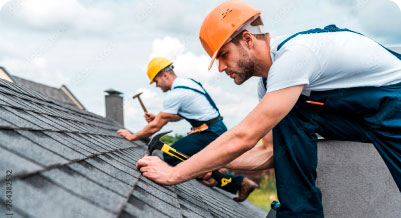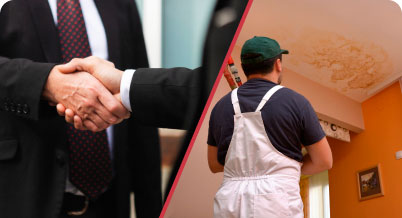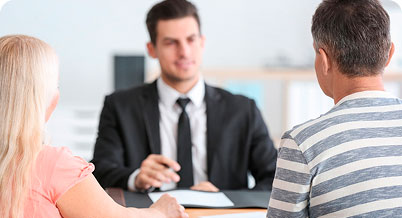Floods in the USA: how to quickly rebuild a house and avoid mold
GF Leads, 25 July, 2025
Every year, floods damage thousands of homes, destroying not only structures, but also personal belongings. If urgent cleaning is not carried out, mold and bacteria will worsen the situation. At GFLeads, we know how to help: from urgent dehumidification to complete repairs.
GFLeads is your reliable partner in flood relief
We work only in the USA and offer:
- An affiliate program – recommend our services and receive payments.
- Purchase leads – if you are a builder or a craftsman, buy applications from us.
The checklist: how to rebuild a house after a flood
Document the damage
Contact your insurance company before you start cleaning. Take pictures of the affected areas, including damaged furniture, clothing, and appliances. This will help substantiate your insurance claim.
Get rid of the water
As soon as you capture the original condition of the house in the photo after the disaster, rent a pump to remove the remaining water. If there is not much water left, use a dehumidifier along with fans and a heating system to dry all the puddles.
Tip: Try to dry all rooms no later than in the first 48 hours after the flood – this will help to avoid more serious damage and dangerous mold growth.
Buy everything you need right away
To avoid wasting precious hours on additional trips to the store, make a list of all the tools and products you will need to rebuild your home. What could it be:
- Rubber gloves
- Safety glasses
- Mask
- Knee pads
- Long-sleeve clothing
- Boots
- A shovel
- Large bucket
- Bleach with chlorine
- Towels
- A brush with stiff bristles
- Dehumidifier
- Fans
- Wheelie dumpsters
- Garbage bags
- The trash bin
- Knife
- Mounting plate
- Hammer
- The scraper
- Pliers
- Saw
- Industrial vacuum cleaner
- The broom
Tip: Take photos during cleaning to document how much you had to throw away and how much you managed to save. These photos will be useful for future insurance claims.
Preparation for cleaning
Document the damage – take photos of the damage for the insurance company.
Drain the water – use pumps or dehumidifiers in the first 48 hours.
Buy tools – rubber gloves, masks, bleach, fans, etc.
Stages of cleaning
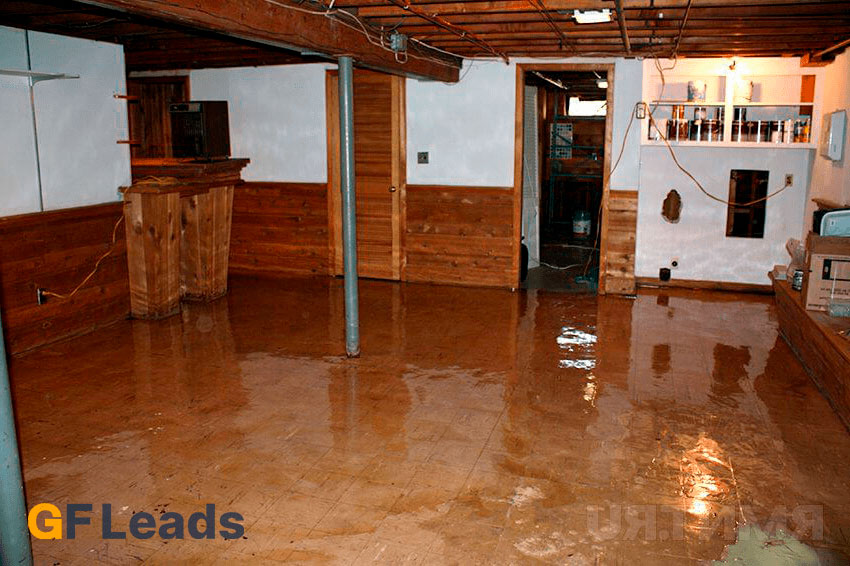
Step 1: Removing the remaining dirt
After all the water has been pumped out, take gloves, boots, a shovel and a trash can. Use a shovel to collect all the dirt left by the standing water, and a trash can to take the collected dirt out of the house.
Tip: Remember that wet mud can be very heavy. Fill the bucket only half full to avoid dangerous stress on joints and tendons.
Step 2: Disposal of damaged furniture and items beyond repair
Unfortunately, not all things can be saved after a flood. Due to the risk of mold, most of the upholstered furniture will have to be thrown away. The same applies to mattresses and pillows.
Wooden furniture can be saved, but depending on how high the water level in the house was. Check your furniture to see if it has been structurally damaged by water. If that's the case, then you'll have to get rid of it, too.
Step 3: Determine the drying area of things
Choose a section of the house that is not affected by water. If there is no such thing, then the yard will do, provided the weather is good, so that everything can dry out well. Use a high-quality furniture cleaner and a clean cloth to wipe each item thoroughly. After all the items are cleaned, place them in the selected area and leave them to dry while you do the next stages of cleaning.
All curtains should be removed, washed and bleached (if possible) for disinfection. Carpets should preferably be sent for professional cleaning. If they are in poor condition, it is easier to throw them away.
Step 4: Tearing down the damaged floor
Carpets often cannot be cleaned after a flood. Water quickly absorbs into the carpet and can damage the floor if it is not removed. Deformed wooden floors and laminate flooring should also be torn off and discarded.
Step 5: Cleaning and Disinfection
Thoroughly wash all surfaces that have come into contact with water. Use warm water with detergent, and then disinfect with a solution of chlorine bleach (1 part bleach to 10 parts water). Pay special attention to walls, floors, cabinets, and any other items that may have been contaminated. Do not forget about rubber gloves and a mask to protect against harmful chemicals.
Step 6: Drying
After cleaning, it is very important to ensure good ventilation and dry all rooms. Open windows and doors, use fans and dehumidifiers. If possible, lift furniture and carpets to allow air circulation underneath. The sooner the house dries, the less likely mold will appear.
Step 7: Mold Control
Mold is a serious problem after flooding. If you notice signs of mold (stains, odor), take immediate action. For small areas, you can use a bleach solution, but for more serious cases, it is better to contact professionals. Remember that mold can cause allergies and other health problems, so it's important to act quickly and effectively.
When should I call the professionals?
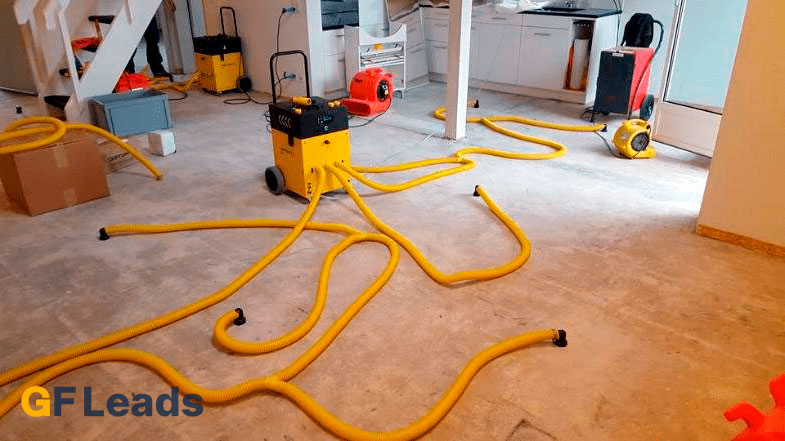
- If the damage is large, it is better to entrust the work to specialists. GFLeads connects you with trusted experts in:
- Dehumidification and cleaning of houses
- Mold removal
- Roof and wall repairs
- Interaction with insurance companies
How to make money with GFLeads?
For publishers and masters (Affiliate Program)
, Post our contacts on blogs, social networks, or recommend them to clients → receive a fixed lead payment.
Example: "Do you need repairs after the flood? Here are the trusted experts" + a link to our landing page.
For builders and crews (Buying leads)
Buy ready-made repair requests after floods.
Fixed prices in each state.
Don't let the flood ruin your life. With GFLeads, you can quickly rebuild your home, avoid mold problems, and even make money from it. We offer reliable solutions for everyone affected by the flood and opportunities for those who want to help others. Contact us today and together we will find the best option!
Table of content
- GFLeads is your reliable partner in flood relief
- The checklist: how to rebuild a house after a flood
- Preparation for cleaning
- Stages of cleaning
- When should I call the professionals?
- How to make money with GFLeads?
